In the second part of our Annapurna Circuit, all of our focus goes towards safely and successfully making it over Thorong-La Pass (5416 meters or 17,769 feet), the highest point and crux of our entire trek. Combining our previous experience with high-altitude hiking, local advice and knowledge, and careful attention to weather patterns, we are confident in our ability to navigate the most challenging part of the Circuit.
Our attentiveness is made all the more important by the tragic events of October 2014 when 43 lives were lost and over 500 people were rescued in the vicinity of the pass. A huge snowstorm had caught many trekkers trapped and unaware, and still others pushed on in the bad weather because of strict schedules and timelines they wanted to adhere to. This is a big reason why we allowed ourselves so many days to complete this trek – we didn’t want to feel pressured or constrained if we needed an extra few days over this section. Luckily, our carefulness paid off.
Day 6: Acclimatization day, hike to Ice Lake / Kicho Tso (4620 m)
We wake up bright and early to start our hike at sunrise. Rising along the valley walls alongside the sun, the first two hours of our hike was shaded and serene as we looked out at Gangapurna, Annapurna III, and Annapurna IV. Just Hira and I, we walked fast, and made it to the lakes before anybody else from Manang.
There is an easy path to follow outside of the next-door village of Bragha, but Hira and I take a shortcut that zigzags behind Manang and cuts off some time and distance, but certainly not elevation gain. We bushwhack and boulder our way up to the top of a ridge that offers us staggering views of the Annapurna range.
We had left our lodge at 6:30 am and returned just a little before noon. The chefs who had prepared our breakfast didn’t buy it that we’d actually made it to the top! We had to show photo proof for them to believe us.
The ascent to both of the Ice Lakes felt easier than it looked on paper – with a staggering 1080 meter elevation gain! Two liters of water isn’t enough for the hot morning, and I pay the price back in our lodge with a pounding headache and a hungry stomach.
This acclimatization trip certainly prepared me for the following day, as well as the final push up Thorong-La Pass. In fact, we won’t even be hiking or sleeping at this altitude until our final summit morning. Sometimes it feels great to lose your breath.
Day 7: Manang (3540 m) to Yak Kharka (4050 m): 9 km, 510 m gain
As we go higher, our trekking days become shorter. We also become slower. As we creep above 10, 11, and 12 thousand feet, our packs feel heavier and our feet move like concrete blocks. We won’t realize how strong we’ve become until we descend past Thorong-La and practically skip to the end of our trek.

Today only takes about three and a half hours to reach our destination, where we arrive before noon. We spend the next 8 hours drinking tea, playing card games, and discussing timing and plans for the high pass crossing.
Fresh powder speckles the trail here, and we have moved far past an altitude where rain will turn to snow. This is the first town where we are told that all of the pipes have frozen, which means there is no water – hot or cold – to shower. We also collect drinking water from a pot provided by, and melted by, the kitchen.
Day 8: Yak Kharka (4050 m) to Thorung Phedi (4450 m): 6 km, 400 m gain
We aren’t even hiking for 3 hours today, but it feels rough. Josh is having trouble breathing and my legs are screaming in agony, but luckily my training hike up to Ice Lake greatly helped with my acclimatization.
Like the day before, we arrive before noon and have the afternoon to ourselves. Since this is the highest we’ll stay, and the farthest from sea level amenities, everything here is outrageously expensive. We buy an extra large pot of hot chocolate for $12 and, if only from the comfort of feeling a hot mug through our gloves, decide it’s totally worth it.

We start a short acclimatization hike a few hundred meters above our lodge, and turn around as it begins snowing. It continues to snow for a few hours, and we start getting nervous. If the snow keeps up, we will have to delay our departure by a day or two… in the coldest, most inhospitable environment we’ve experienced so far. Yet even if the snow lets up, it’s the first the mountain has seen in weeks, and the fresh powder is bound to create a slippery ascent and a dangerously icy descent.
Day 9: Thorung Pedi (4450 m) to Thorung-La Pass (5416 m) to Muktinath (3800 m): 16 km, 1000 m gain, 1600 m descent
We wake up at 4am, wolf down breakfast, and are walking skywards by 4:30am. It’s snowing just as it has been the last few afternoons, only this is the first real blizzard in the last few weeks. We sludge through soft powder by the lights of our headlamps until the scenery starts lighting up hours later.
Hira and I overtake everyone else on the mountain and start breaking trail for the 50+ trekkers behind us. He follows the natural curves of the valley and uses his own intuition to take us higher and steeper towards the pass. The powder makes it impossible to grip our boots to the ground; we’re constantly sliding sideways and increasingly closer to toppling over the edge of the cliff.
At 8:15am, we reach the top of the widest pass in the world, Thorong-La. Within 15 minutes the snow stops, the sky clears, and we can see the stunning mountain views we were promised. It is so cold at the top, that my iPhone completely shuts down and I miss my chance at a summit photo.
We start our steep descent down, made steeper and slipperier by the fresh snow. The day gets easier as we begin to gain our breath and strength at a lower elevation, and refuel with fresh water and food once our stomachs settle from the breathtaking altitude.

Unfortunately we are still high enough where snow falls, and where most of the town’s hotels cannot offer hot showers due to frozen pipes. We still sleep easy, our legs and minds worn out from the long morning.
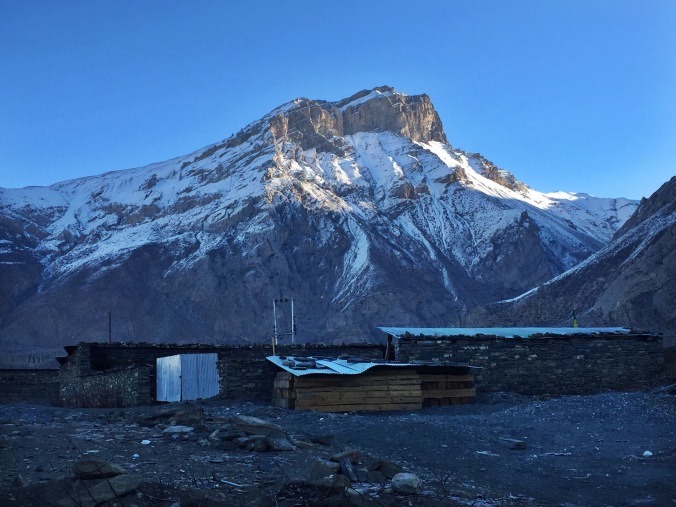
The third and final part of our trek takes us into a tropical jungle on the opposite side of the pass. It should be a piece of cake after our steep climb above 5,000 meters, but we still have our greatest elevation gain of the entire trek ahead of us. Stay tuned!
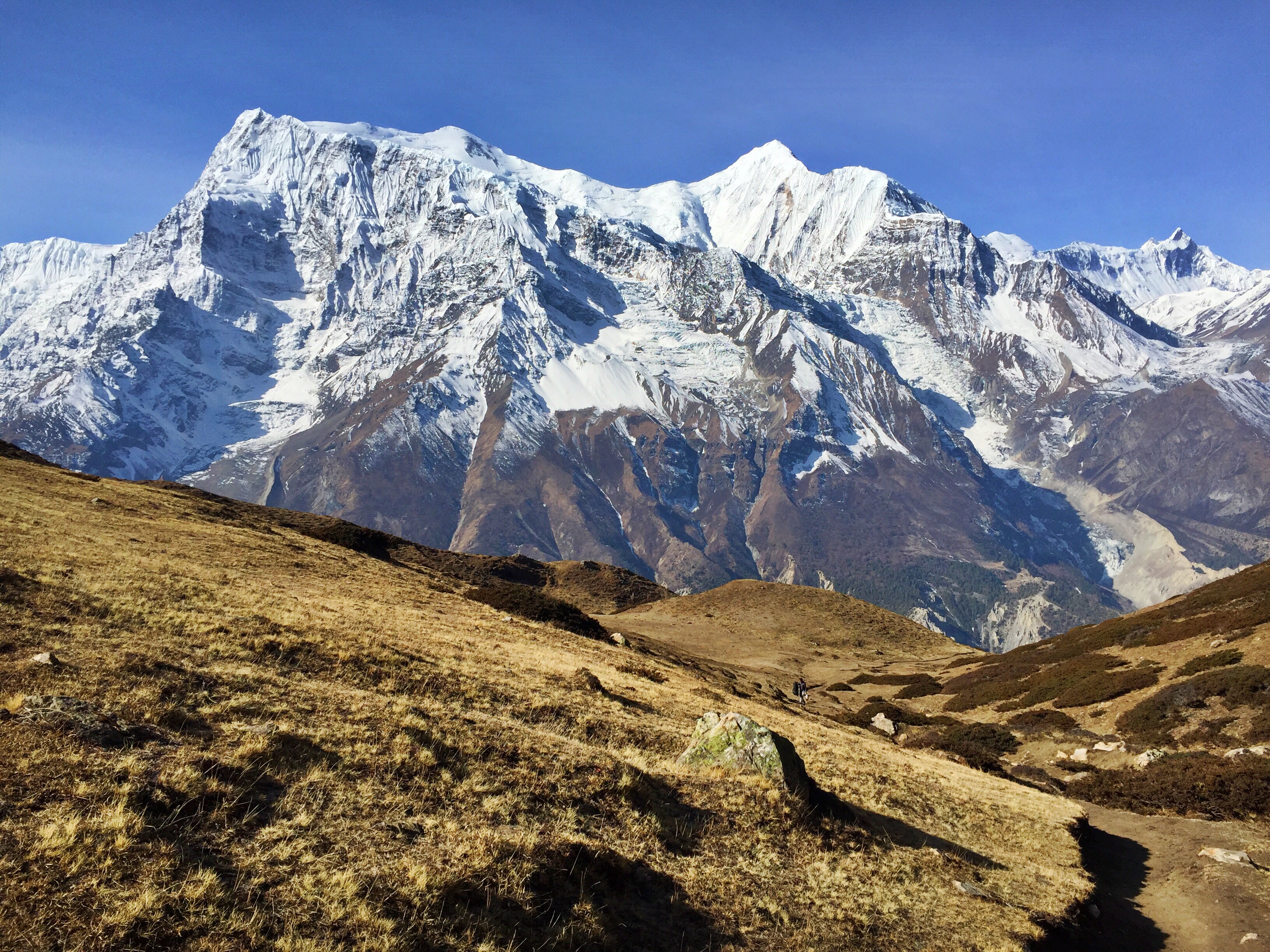
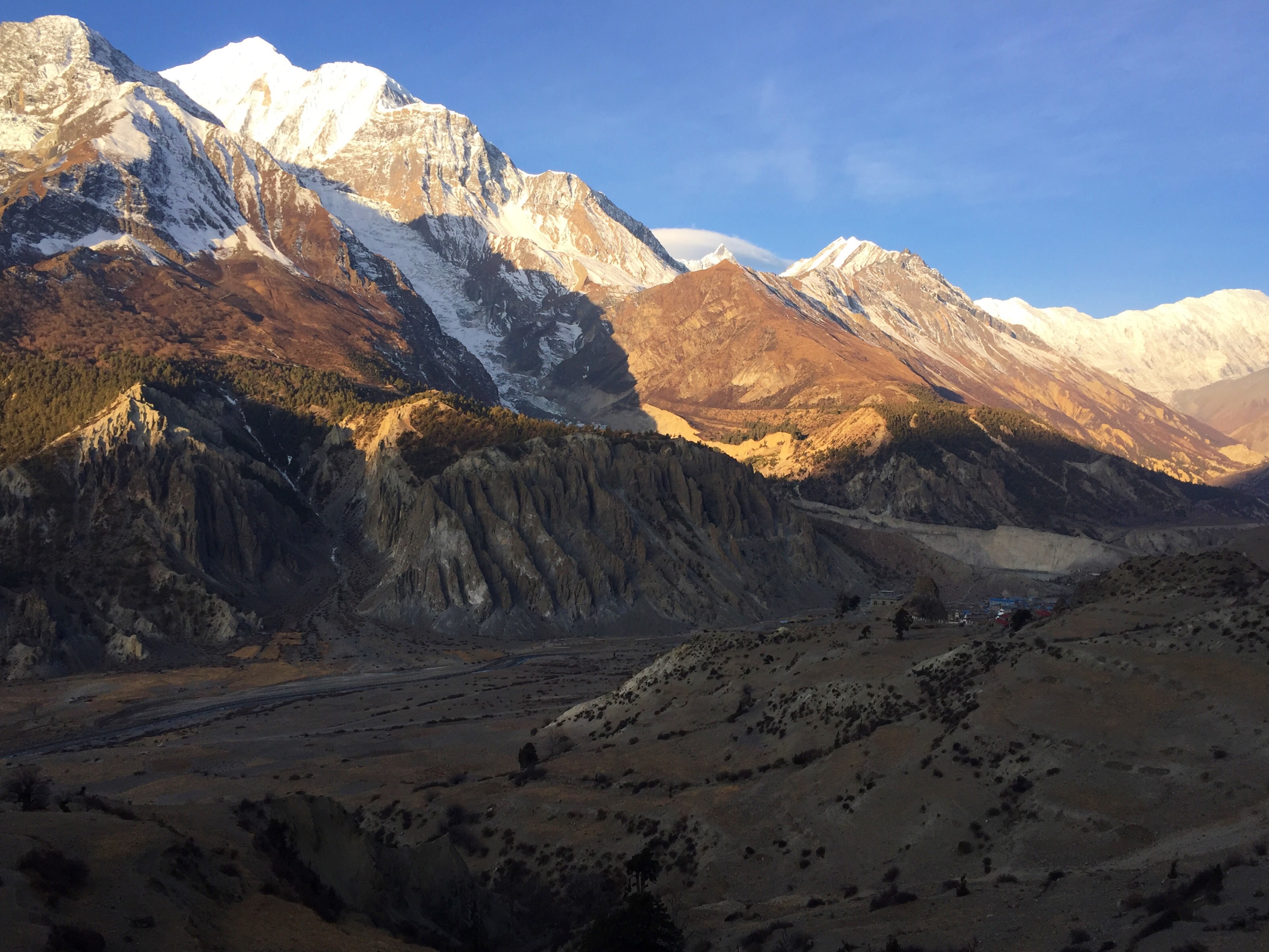
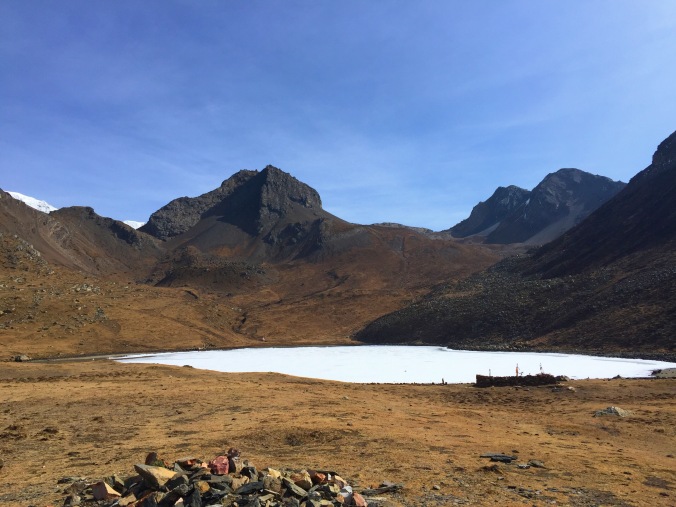


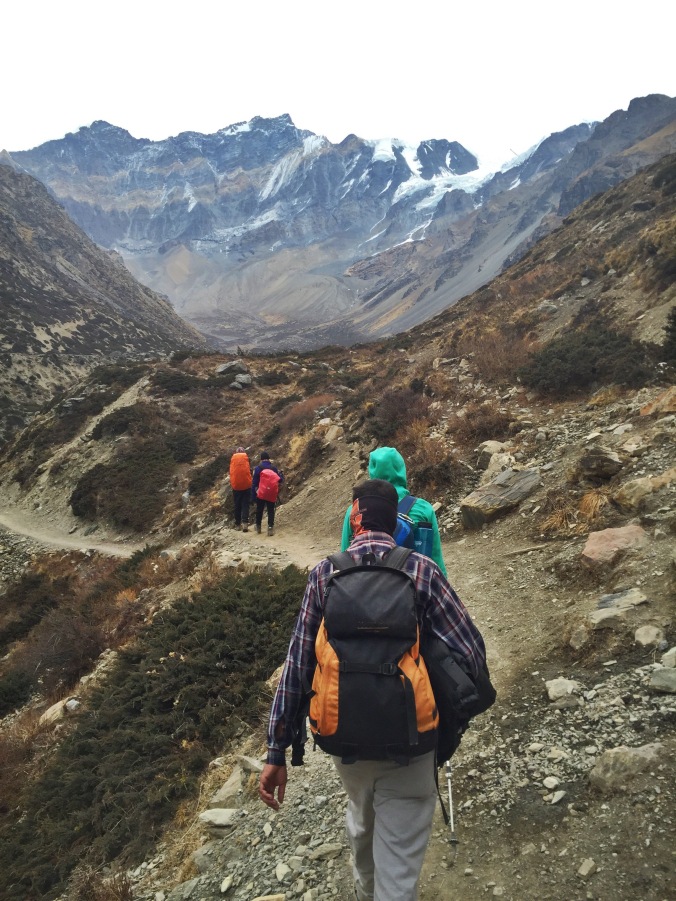

Beautiful photos-amazing adventure-
LikeLike